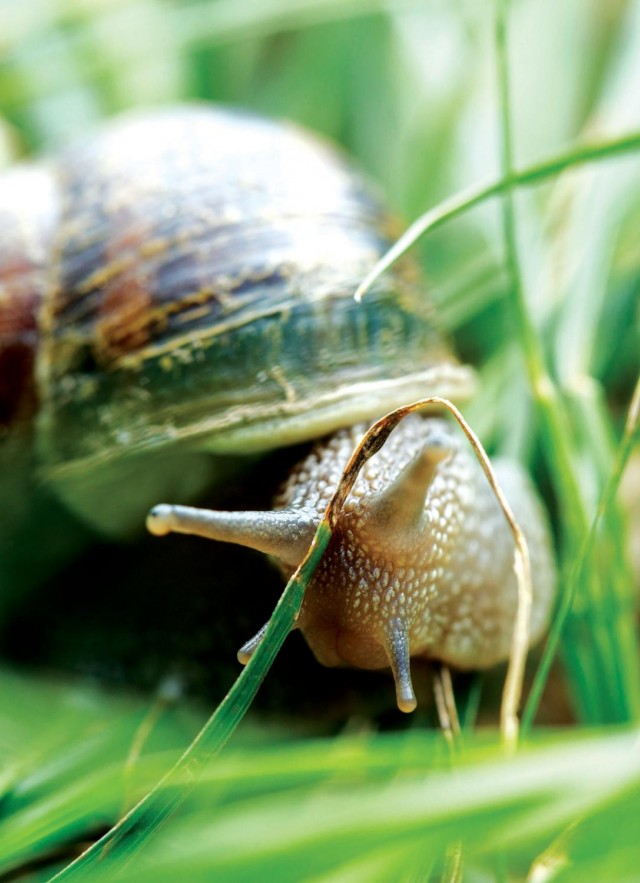Snail Scavenger Hunt

Look for snails and slugs in your own backyard, and help our scientists by joining the Snail Scavenger Hunt.
Download the PDF guide to help in your search!
Snails and slugs Living in Metropolitan Environments (SLIME) is a community science project that aims to catalogue the biodiversity of terrestrial gastropods (land snails and slugs) in Los Angeles County and throughout Southern California. The Natural History Museum’s collection of land snails includes thousands of specimens from locations throughout the Los Angeles basin and spans the last 100 years. However, not much is known about this mollusk biodiversity today, especially within the cities of Southern California. That’s where community scientists come in!
Many species evolve quickly to very specific habitats, making them sensitive to environmental changes and therefore vulnerable to extinction, and Southern California species are no different. Many land snail species native to Southern California are threatened with extinction because their natural habitat has been reduced or changed substantially by human development and urbanization. Think cement, freeways, and buildings where forests and chaparral once were. For other snails, in particular some foreign species, our Mediterranean climate and urban environment can make for easy living. Still other species can, despite the drought, survive comfortably in manicured gardens and other watered green spaces even in heavily urbanized places. These non-natives can be neutral or detrimental to native species.
As we all navigate these times of uncertainty and social distance, you can still help our scientists — science doesn't stop!
Remember to keep yourself and wildlife safe. Do not disturb wildlife and follow your local city and county government directives regarding COVID-19 and social distancing measures.